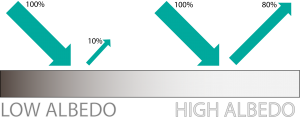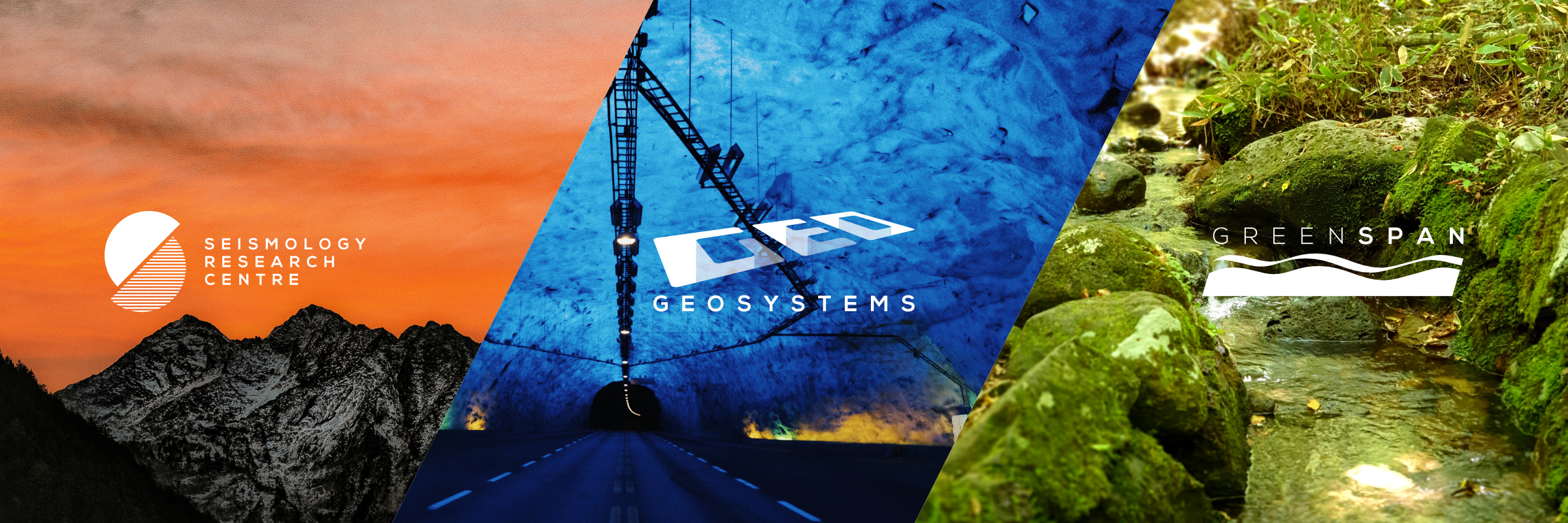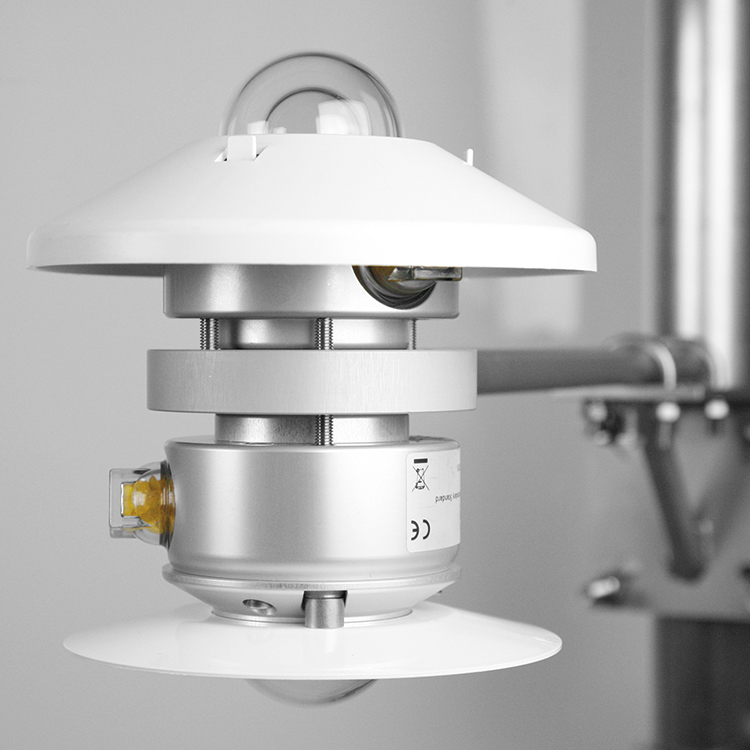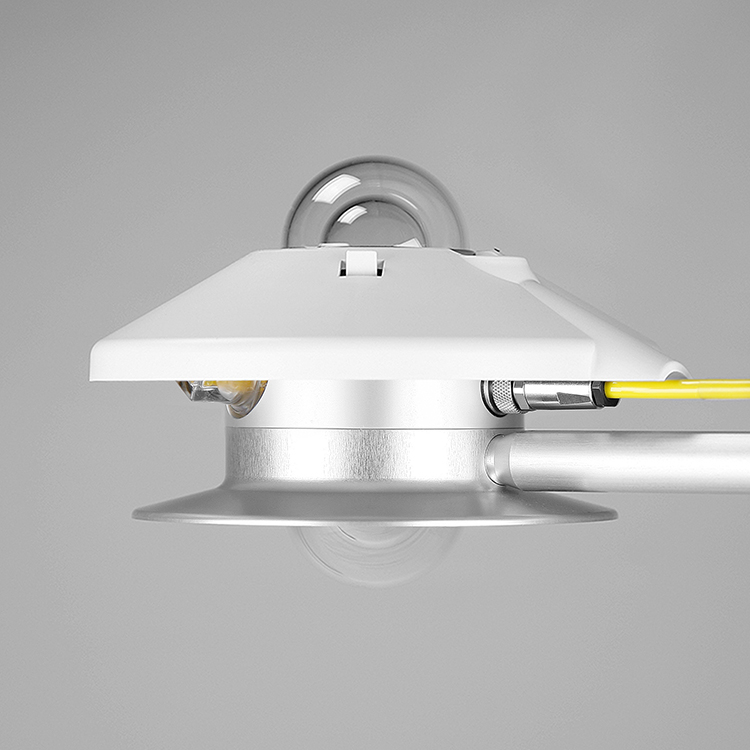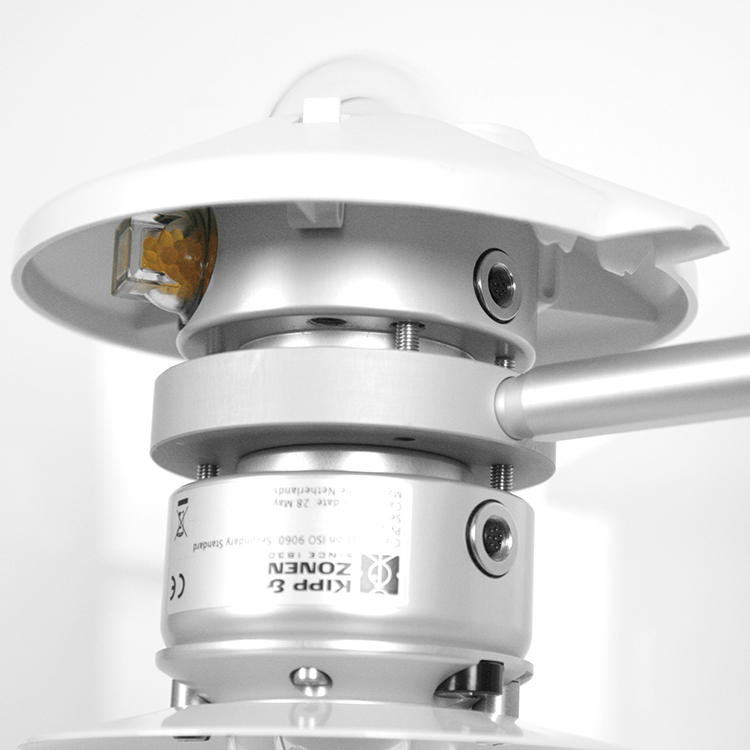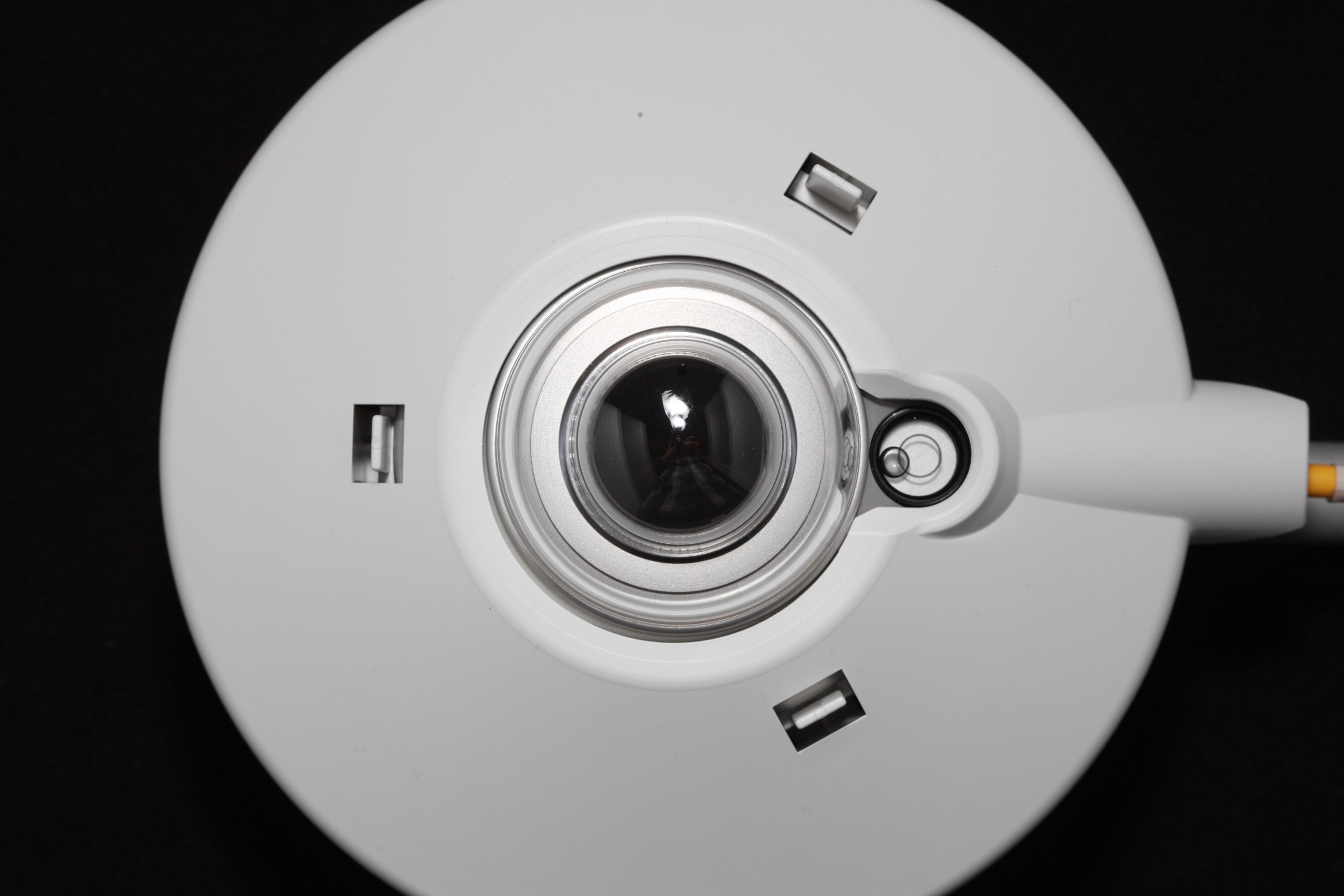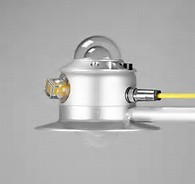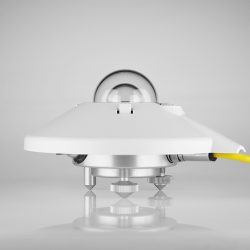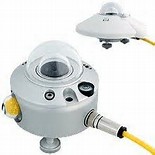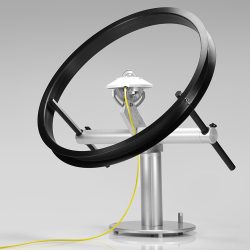Description
Albedometers from Kipp and Zonen
ESS Earth sciences are premier distributors for Kipp and Zonen albedometers. We supply and support Kipp and Zonen’s complete range of solar irradiance sensors throughout Australia.
Kipp and Zonen Albedometers comprise of two pyranometers (either SMP or CMP range) mounted on a plate back to back. One faces upwards, the other downwards. Sun shields fitted to each pyranometer ensures they only received the “correct irradiance”. For example, the upwards facing pyranometer will not receive reflected radiation from the ground.
To aid with installations, albedometers come with a mounting rod attached to the mounting plate. The mounting rod can be attached to the appropriate pole or structure (click here for further advice on this).
As Kipp and Zonen’s pyranometers make up their albedometers meeting any budget or accuracy requirement is possible. For high-level meteorological applications, install an albedometer with two SMP21 pyranometers. For accurate measurements on a budget two SMP6 pyranometers provide the best match. Mixing of pyranometer models is not possible, however.
Prevent ice and snow settling on the pyranometer’s domes with a Kipp and Zonen CVF4 ventilation unit. The CVF4 acts as a heater and ventilator that constantly maintains air temperature. The airflow also reduces dust build-up on the domes, reducing maintenance requirements.
Kipp and Zonen’s albedometers are the ideal instruments for studying the albedo of glaciers and polar regions as well as monitoring bi-facial PV panel performance in utility-scale solar farms.
Albedo – what is it?
Multiple factors regulate the Earth’s energy budget. Earth’s major source of energy is radiation from the sun. As a result, different latitudes receive different amounts of radiation. Such radiation energy becomes distributed across the globe and redirected into space, keeping an energy balance. However, not all sunlight reaches the Earth’s surface, some radiation reflects into space. The balance between incoming and outgoing radiation is called the global heat budget.
Albedo is a measurement of reflectivity – it is determined by how much light is reflected or absorbed by a surface or material. Lighter objects or surfaces reflect a larger amount of radiation resulting in a high albedo, and darker objects absorb more radiation and reflect less light, resulting in a low albedo. Consequently, black cars are much hotter on a steamy summer’s day.
READ HOW THE EARTH’S ALBEDO IS IMPORTANT FOR MELTING ICE CAPS
